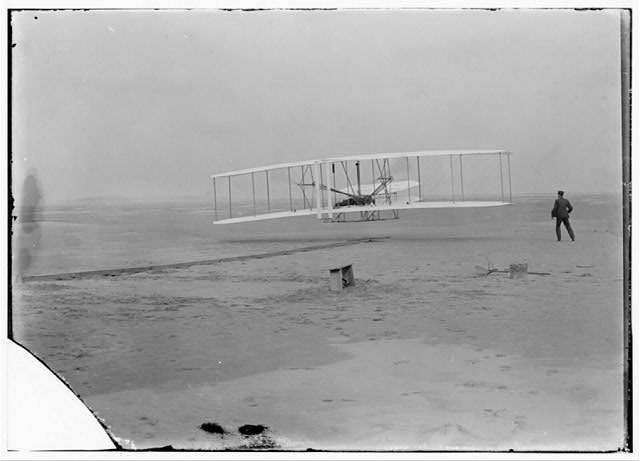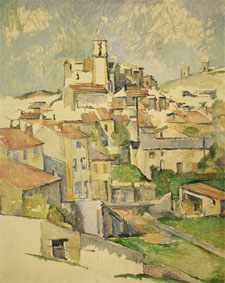Fiorano Wine
/timthumb.php?src=http://www.foundlabs.com/blog/wp-content/uploads/2009/09/Fiorano.jpg&h=172&w=172&zc=1)
I’ve been deciding whether or not to discuss wine on my blog, since there is a legal age at which the dialogue becomes more relatable. More and more, though, I’m leaning toward discussing it just because it is a product of both a scientific and aesthetic process, in addition to a very relevant historical connection.
At this current point in time, I’ll just point to an article and follow up in the New York Times, written by Eric Asimov. He discusses an Italian prince, Alberico Boncompagni Ludovisi, who made wines in the second half of the 1900s. The prince believed in the natural course of action, trusting in his vines and in the surrounding mold– and not in the pesticides used by his Italian contemporaries– and result has since been remarkable.
I like this story because aside from being a wine story, it has the mystery and intrigue that came from one person’s single-minded devotion to a personal way of doing something. Also, what I like most about that element of mystery and the fantastic is that it resides in truth.
Original 2004 Asimov New York Times piece
His April 2009 follow-up His April 2009 follow-up
Bottle photo from Italian Wine Merchants, one of the “Prince-approved” sellers in the Asimov piece (I have no financial affiliation to the company)
Historical Photographs
/timthumb.php?src=http://www.foundlabs.com/blog/wp-content/uploads/2009/09/Wright-Brothers.jpg&h=172&w=172&zc=1)
The Prints and Photographs Division of the Library of Congress offers an incredible selection of online prints and photographs for those interested in a peek at the past. In addition to just having the images, they also offer a description of where and how. Here’s a description of “First Flight” photograph from the Wright Brothers collection as an example:

The most well known negative is, of course, that showing the “First Flight” at Kitty Hawk on December 17, 1903. The brothers had arranged to have John T. Daniels of the Kill Devil Life-Saving Station, who was among the spectators, snap their camera for them just at the moment the machine had reached the end of the take-off rail and had risen two feet into the air. Before attempting the flight, Orville had placed the camera on a tripod and had aimed it at a point he hoped the machine would attain when it left the track . The shot was successful and the negative was developed by Orville on his return to Dayton. (http://www.loc.gov/rr/print/coll/236_wright.html)
The the Print and Photograph Division is also really helpful in that they let you download the image in either jpeg or tiff, in varying qualities. And if you’re really crazy about the image, you can buy a print of it, too.
Now, aside from all of that helpfulness, think about this: you are seeing an image of the first flight!
In the world!
I find it very interesting that there is almost nothing else in the picture– no trees, no buildings, no other planes (obviously), and nothing else. Granted, they picked Kitty Hawk for those features, but it really emphasizes the two men and what is really a pretty primitive– but brilliant– device.
Kinda makes me want to build something.
“Personalized Medicine” (A Charlie Rose interview)
Health care debate and discussion is everywhere these days, so I found this fun Charlie Rose presentation on the genome and its mapping from June 2009. The guests on this segment are Steven Pinker (Harvard cognitive scientist/psychologist), George Church (founder of the Human Genome Project), Anne Wojcicki and Linda Avey (founders of 23andMe).
It’s a basic overview of the benefits and concerns associated with the beginnings of genome sampling: expensive and limited access to the technology, whether or not it’s good to know the risks in one’s genes, and the comparison of the researchers’ and genome mapping companies’ perspective.
I like how Charlie Rose says “ji-nome” instead of “g-nome.”
Primate Music
/timthumb.php?src=http://www.foundlabs.com/blog/wp-content/uploads/2009/09/Rothwell_w_cottontop08_0399-sm.jpg&h=172&w=172&zc=1)
The other day, I heard a piece on NPR about bonobos playing instruments and making music. That in itself is interesting (as it the work being done at the Music Research Institute at UNC-Greensboro), but there was also a theory of music described that was new to me (but might be old hat to some of you).
Basically, the theory was that music comes from womb sounds, so the mother’s heartbeat, voice, and breathing are the foundations of music. Maybe that’s why some people talk about liking rap songs for the beat, and not caring much for the lyrics.
Heilbrunn Timeline of Art History
/timthumb.php?src=http://www.foundlabs.com/blog/wp-content/uploads/2009/09/Cezanne.jpg&h=172&w=172&zc=1)
The Heilbrunn Timeline of Art History (at the Metropolitan Museum of Art website) visually organizes art into its historical context. When I say art, I mean from all over the world, from 8,000 B.C. to present day, which is one of the most amazing things I have seen in quite some time– for free!
But perhaps even more useful is the thematic essay section, which not only serves up an interesting account of the subject in question, but also gives useful links below the article text. This is one resource that I know I will be referencing in the future.
Go here: http://www.metmuseum.org/toah/
Picture of Paul Cezanne’s “Gardanne”: http://www.metmuseum.org/toah/hd/pcez/ho_57.181.htm
/images/logo.jpg)
 Art Timeline (Heilbrunn Timeline from the Met)
Art Timeline (Heilbrunn Timeline from the Met)